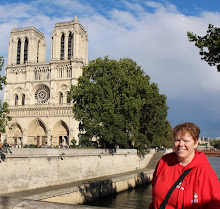
“The goal of this project is to use UDL principles to create practical science materials for students and teachers in inclusive classrooms. The project will create inquiry modules around the theme of energy.” It is free to sign up and I created a Living Sky School Division group so anyone else in the Division can add your own school as you register. It was developed with funding from the NSF and the data from all students who use the units is collected, collated, and studied. Classroom teachers are also able to see exactly how their students performed in different sections of the unit.
It has units set up for grades 3-6 on the topics of friction, electricity, plants, and clouds. Beginning units are labeled blue and are for grades 3-4 and intermediate units are labeled gold and are for grades 5-6. Each unit uses Inquiry based science experimentation. Lessons take (30-45 minutes each) and units include technology, science, a related math project, and a related reading project. You download the installer and the units. They are designed to work with very little bandwidth necessary, and graphics and so on load very quickly.
Each unit includes a lab notebook and students can pull the results from their experiments and put them in their notebook for their final presentations. During a lesson if a student clicks on a word they are asked to tell what they think it means and then they are given the correct definition. The words are then recorded in the student's personal glossary. Words can be clicked on and the computer will say them aloud. Interestingly, records showed that students don't use text-to-speech unless they are at the top of their group - over achievers.
The units also have a Smart Graph feature and when students use sensors which provide data it is then graphed. Questions about the graphs are given to students and the questions are accompanied by scaffolding to determine the answer, which includes a series 5 levels of clues. Teachers are able to adjust the scaffolding as they see fit.
Each unit starts with a pre-test and then follows through the ideas of:
engage
explore
explain
evaluate
Through modeling - students can create items such as an electric circuit, and do experiments such as determining which surfaces have more friction than others.
The students can login at home or school so parents can view what is occurring.
I'm hoping to try the electricity unit with my grade six class this fall.


